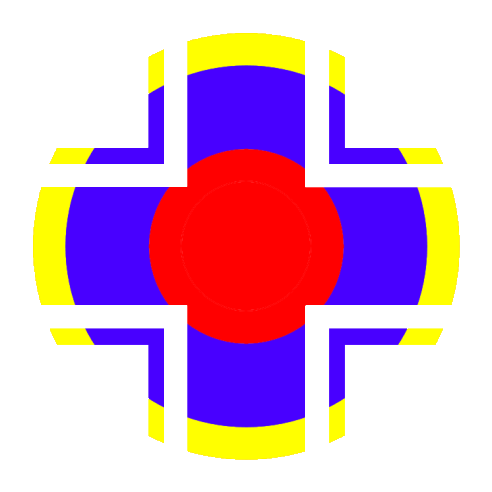This aircraft was an A-5 produced by Fokker for the Prinz Eugen. Their association number was T3 + CH (T3 + HK). The machine had been in the outdoor area of Naval Air Station Joint Reserve Base Willow Grove in Pennsylvania since 1949. There your registration number changed one after the other to TW + SH, T3 + HK and GA + DX.
Until 1995 the Arado was only sporadically overhauled and deteriorated visibly; many components disappeared. In the same year it was transferred to the National Museum of Naval Aviation Pensacola. While it was being transported there by truck, the machine was badly damaged when its canopy was torn off while crossing under a bridge that was too low. The aircraft was then stored in the NMNA.
In March 2013 it was announced that, according to an agreement between the US Navy and the German Federal Navy, the aircraft would soon be faithfully restored at the Aeronauticum in Nordholz and then presented on loan for several years before it would be returned to the USA at a date that has not yet been determined . The Förderverein Arado 196 e.V. regularly provides information on the intermediate status of the restoration on the Internet.
Notes[]
- ↑ listed on the type's English Wikipedia entry as Werk Nr 623 183. According to the German versionTthe serial number 196 0293 was found in the machine cell in summer 2018. This serial number belonged to the Arado production in Rostock in the A-3 series. Based on the “Technical Instructions of the General Aviation Master”, code number II Ar 196, A1, No. 2/43, the machine was brought to the A-3 / A-5 standard and then listed as A-5 in the history file. It was probably first used on 2./SAGr 128. After its dissolution, she came to the Luftzeuggruppe (See), from where she could have found her way to the Aircraft Group 196 and thus on board the "Prinz Eugen". It is unlikely that Fokker in Amsterdam built a "new" one from parts of several accident-damaged Ar 196s, which was then accepted by the Air Force building supervisors under a new Fokker serial number. Another argument against this theory is that Fokker made more cells than the RLM ordered (!). After the end of the war, aircraft and CV files were probably mistakenly mixed up, which is why the serial number 623 183 has remained until today. A final explanation is still pending.
